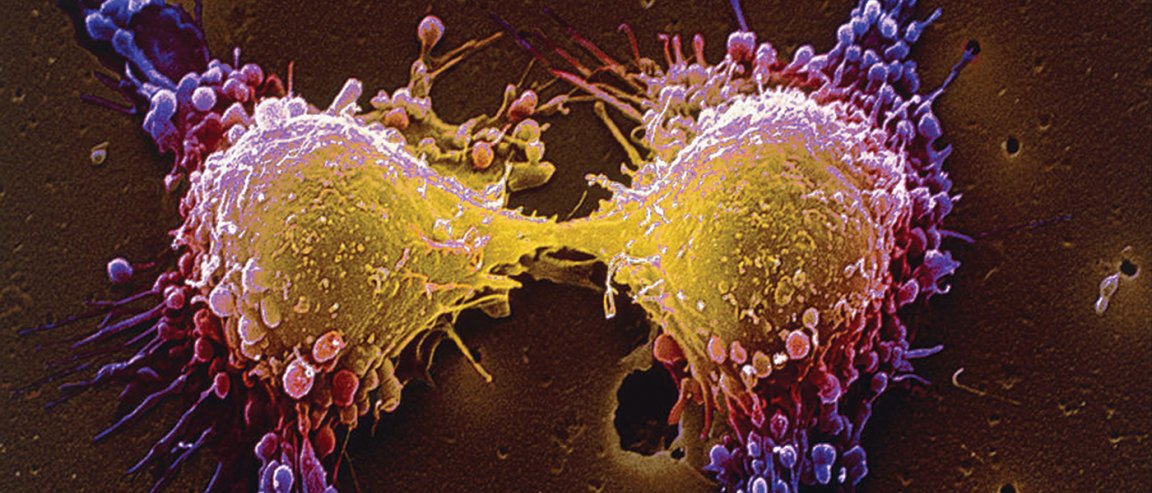
Cancer and CRISPR
A group of researchers from Dresden’s National Center for Tumor Disease (NCT), the Medical Faculty of the Technische Universität (TU) Dresden, and the German Consortium for Translational Cancer Research (DKTK), have found a way to use CRISPR-Cas9 to identify and cut out the particular cancer genes that advance mutations.
“Mutations in cancer cells are identified at increasing speed through next generation sequencing, but we mostly do not know, which of these mutations are actually driving the disease and which ones are rather benign,” leading researcher Frank Buchholz said in a journal article.
Of the more than 500,000 identified cancer mutations, the researchers were able to confirm that more than 80% can be cleaved using CRISPR-Cas9 scissors.
Driver and Passenger

One of the biggest difficulties in cancer research is distinguishing between driver and passenger mutations. The former are mutations that actually contribute to spreading the cancerous genes. The latter are mutated cells that do not really spread the mutation further. The researchers were able to identify and successfully cleave driver cells in one common cancer mutation, without affecting the healthy genes, and identify which were cancer driver mutations.
According to Buchholz, “This is an important advance, because we can now rapidly separate driver from passenger mutations. This is currently a bottleneck in cancer research. Because each cancer shows a specific combination of many mutations, this scientific approach could improve cancer diagnostics as mutations that promote cancer growth could be specifically identified.”
The most crucial mutations can, therefore, be diagnosed faster.